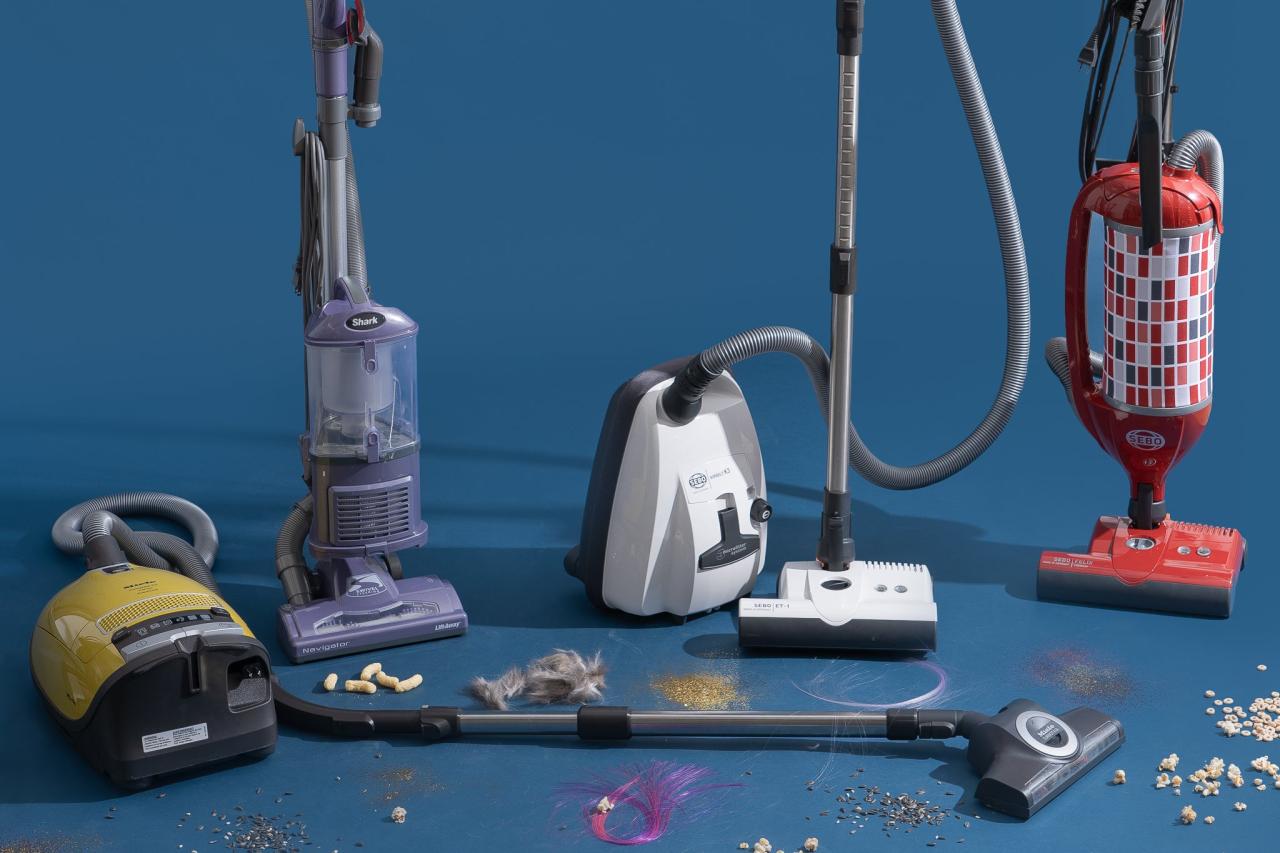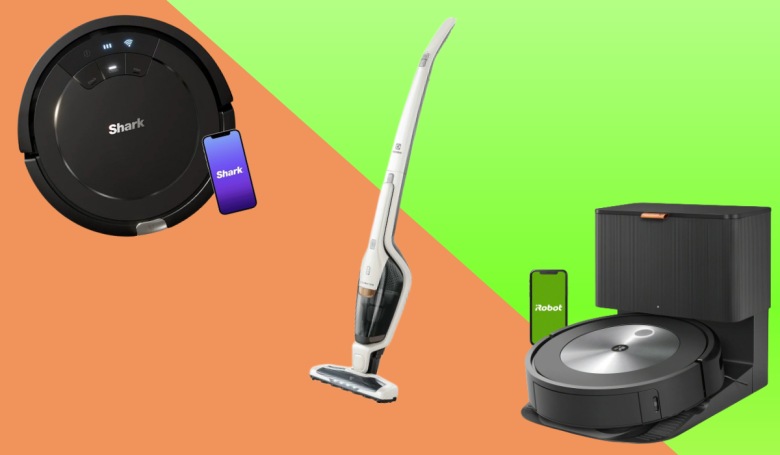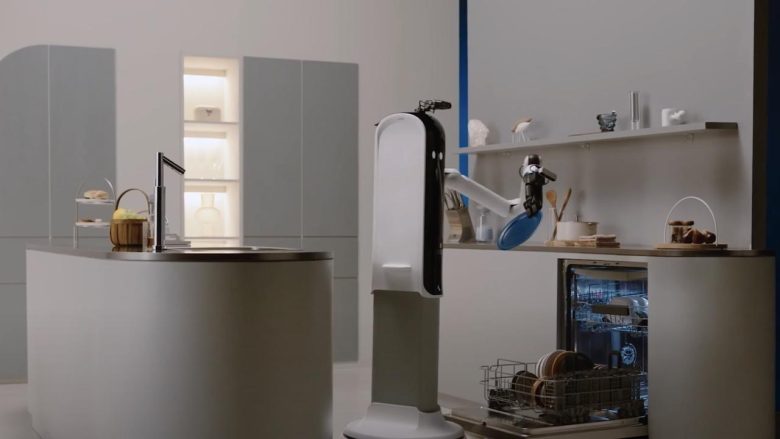
Household cleaning, once synonymous with manual labor and basic tools, has undergone a remarkable evolution propelled by technological innovations. The transition from traditional vacuuming to the era of smart cleaning appliances marks a significant shift in how we maintain our living spaces.
The advent of vacuum cleaners revolutionized cleaning practices in the early 20th century. From bulky, corded machines to lightweight, cordless models, vacuums have continuously evolved to meet the demands of modern homeowners. The integration of powerful suction, innovative attachments, and versatile designs has made vacuuming more efficient and effective.
However, the evolution didn’t stop at conventional vacuums. The emergence of smart cleaning appliances has redefined the landscape of household maintenance. These intelligent devices leverage cutting-edge technology to offer a new level of convenience and efficiency.
Robotic vacuum cleaners, equipped with sensors and AI capabilities, represent a pinnacle of this evolution. These autonomous devices can navigate through rooms, detect obstacles, and adapt their cleaning patterns to different surfaces. They intelligently map out spaces, ensuring comprehensive coverage while minimizing human intervention. With scheduling options and remote control capabilities through smartphone apps, these robots have transformed cleaning into a hands-free experience.
Moreover, the scope of smart cleaning extends beyond robotic vacuums. Smart mops equipped with advanced features like automated water dispensing and adjustable cleaning modes have revolutionized floor cleaning. These devices offer an efficient alternative to traditional mopping, ensuring thorough cleaning without the need for constant manual labor.
The integration of smart technology with cleaning appliances has also led to improved connectivity. These devices can now be seamlessly integrated into smart home ecosystems. They respond to voice commands through virtual assistants, allowing users to initiate or schedule cleaning tasks effortlessly. The ability to control and monitor these appliances remotely adds a new dimension of convenience to household chores.
Furthermore, innovations in materials and sustainability have contributed to the evolution of cleaning appliances. Manufacturers are increasingly using eco-friendly materials in their designs, reducing energy consumption, and developing more sustainable cleaning solutions. This commitment to sustainability aligns with the growing environmental consciousness of consumers.
Looking forward, the trajectory of innovations in household cleaning appliances seems promising. As technology continues to advance, we can expect further integration of AI, enhanced connectivity, and a continued focus on sustainability. The goal is to make household cleaning not just more effective but also more intuitive and eco-conscious.
In conclusion, the evolution from traditional vacuuming to smart cleaning appliances represents a transformative shift in how we approach household maintenance. These innovations, driven by technological advancements and sustainability, have made cleaning more efficient, convenient, and aligned with the demands of modern lifestyles. Embracing these innovations not only simplifies cleaning tasks but also reflects a commitment to a smarter and more sustainable way of living.






